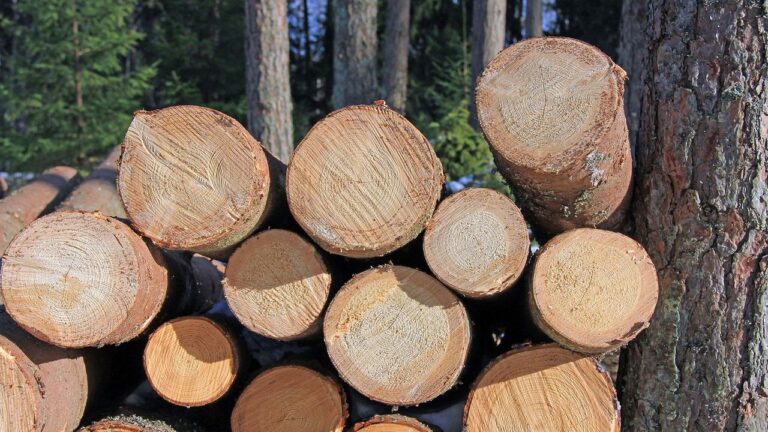In recent years, ecological wood construction has gained significant attention as an environmentally friendly building method. This approach not only provides aesthetic and durable structures but also plays a crucial role in reducing the carbon footprint. Understanding how this method contributes to environmental sustainability is vital for promoting greener construction practices.
Sustainable Forest Management
Ecological wood construction relies heavily on sustainably sourced timber. Forests managed under sustainable practices ensure that the rate of tree harvesting does not exceed the rate of regrowth. This balance helps maintain forest ecosystems, supports biodiversity, and ensures a continuous supply of timber. Companies like “Conception Bois Écologique Atelier Vert Forêt” emphasize the importance of sustainable sourcing to minimize environmental impact.
Carbon Sequestration
Trees absorb carbon dioxide (CO2) from the atmosphere during their growth. This process, known as carbon sequestration, effectively captures CO2, which remains stored in the wood even after it is used in construction. When buildings are constructed with wood, the carbon sequestered by the trees is effectively locked away for the lifespan of the structure. This helps offset carbon emissions from other sources, making wood an attractive option for reducing the overall carbon footprint.
Lower Embodied Energy
The production and processing of building materials like steel and concrete require significant amounts of energy, leading to high carbon emissions. In contrast, wood has a lower embodied energy because it requires less energy to harvest, process, and transport. Utilizing wood in construction, therefore, results in fewer greenhouse gas emissions compared to traditional building materials.
Energy Efficiency
Ecological wood construction often incorporates advanced design and insulation techniques that enhance energy efficiency. Wood has natural insulating properties, which contribute to maintaining comfortable indoor temperatures with less reliance on heating and cooling systems. This reduces the energy consumption of buildings, further lowering their carbon footprint.
Lifecycle Benefits
The lifecycle of wood buildings is generally more environmentally friendly compared to those constructed with conventional materials. Wood structures can be easily disassembled, and the materials reused or recycled, reducing waste and the need for new raw materials. This circular approach to construction helps conserve resources and minimize environmental degradation.
In conclusion, ecological wood construction offers numerous benefits in reducing the carbon footprint of buildings. Sustainable forest management, carbon sequestration, lower embodied energy, improved energy efficiency, and lifecycle benefits all contribute to this environmentally friendly building method. By adopting practices like those promoted by “Conception Bois Écologique Atelier Vert Forêt,” the construction industry can make significant strides toward a more sustainable future.


Comments are closed.